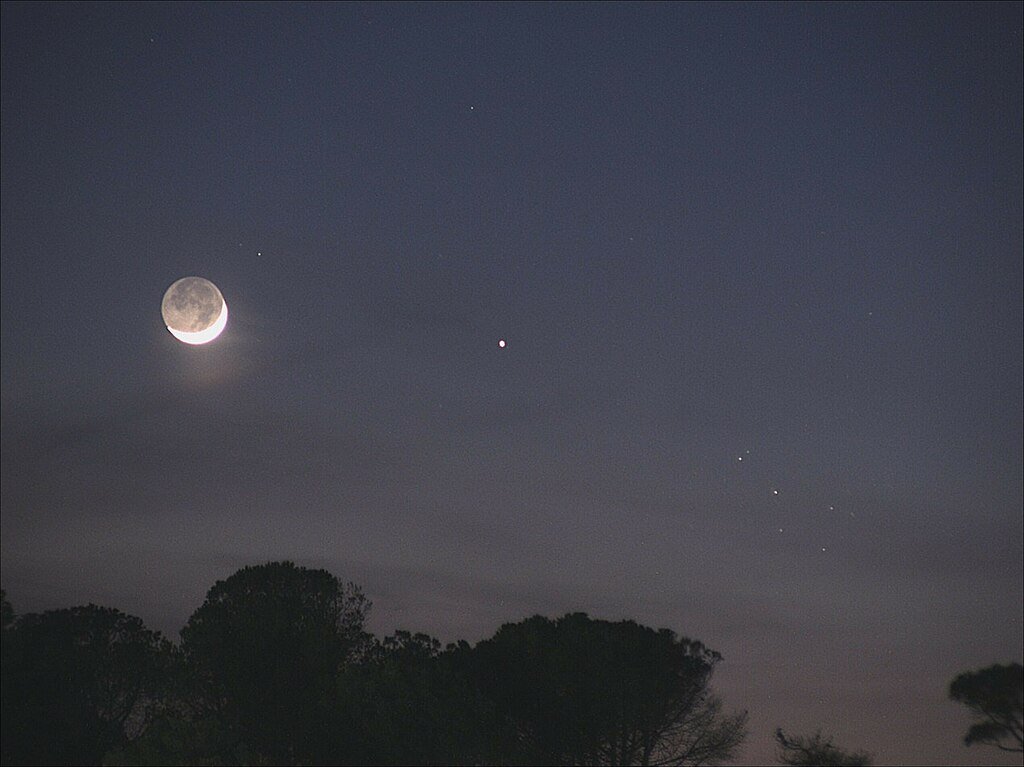The night sky of June is expected to show a pair of amazing conjunctions one with the elusive Mercury and the other with a remarkably near encounter between the Moon and Mars. These events serve as a reminder of the clockwork accuracy of our solar system and an opportunity to see planetary motions that even ancient astronomers would have delighted at, not only beautiful alignments. Often lost in the Sun’s glare, Mercury will momentarily show up as a twilight gem; Mars and the Moon will show up nearer than the width of a full Moon apart close enough in the celestial sphere to “kiss”. Here is all you need to seize these ephemeral events.
Why Mercury’s Appearance Is So Special
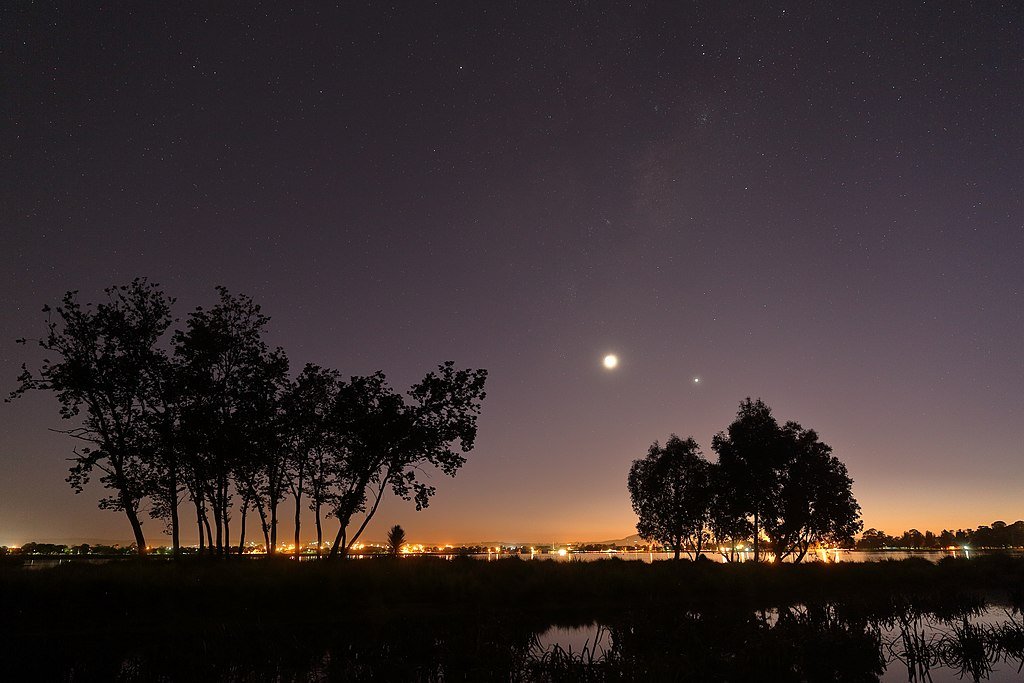
The smallest and fastest planet in the solar system, mercury is also rather difficult to find. Its close orbit around the Sun means it never strays far from the blinding light of our star, hence it is only seen in fleeting windows at dawn or evening. For skywatchers, Mercury will, however, climb just high enough above the western horizon after sunset to be seen with the unaided eye this month.
A delicate crescent Moon will pass Mercury on June 26 and 27, creating an arresting lineup with the twin stars of Gemini, Pollux, and Castor adding to the show. Mercury’s consistent, yellowish glow will be wonderfully contrasted with the thin form of the Moon, which just reflects sliver of sunlight. But timing is crucial; Mercury sets quickly; hence, binoculars and a clear western view will be useful.
Mars and the Moon: A Cosmic Close-Up
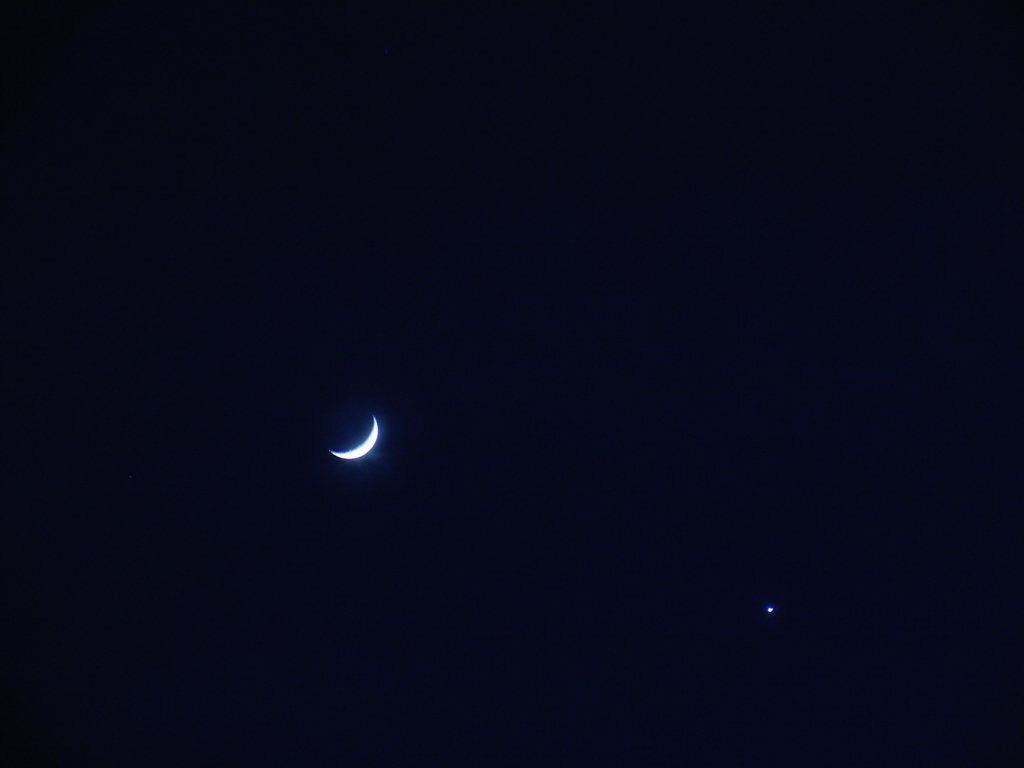
While Mercury’s cameo is fleeting, the Moon-Mars conjunction on June 29 promises an even more dramatic sight. The two will be separated by a mere 0.2 degrees about one-third the width of the full Moon making them appear to nearly touch in the sky. This proximity is unusual; most conjunctions involve wider gaps.
Mars, the “Red Planet,” will shine with its characteristic rusty hue just below the Moon’s crescent, creating a photogenic duo in the constellation Leo. The pairing will be visible to the unaided eye, but a telescope will reveal an even more stunning detail: both objects will fit into the same field of view, offering a rare chance to see Earth’s satellite alongside another world in sharp detail.
The Science Behind Conjunctions
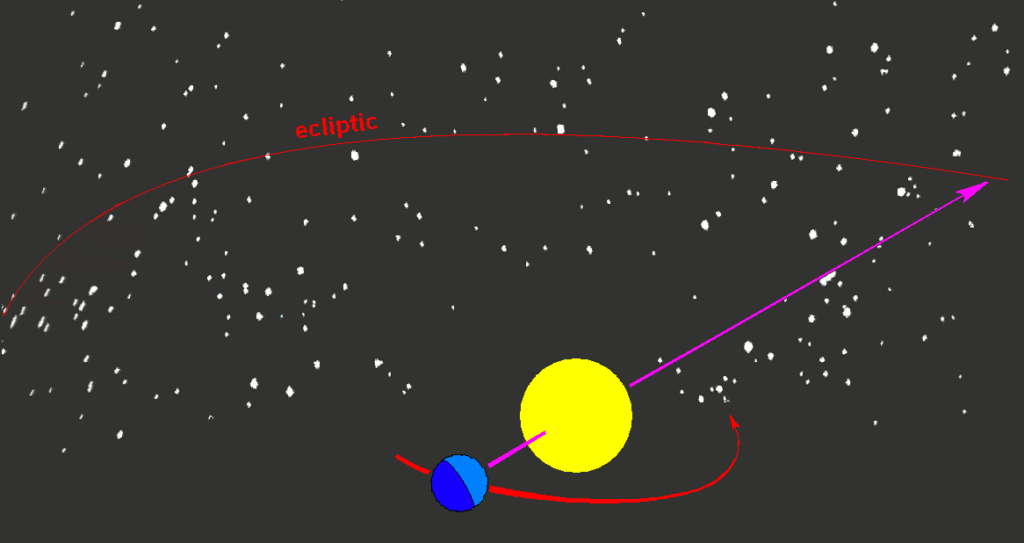
Why then do these incidents occur? The flat plane along which planets orbit the Sun, the ecliptic, holds the solution. Periodically, the Moon crosses close to planets from our vantage point since its path around Earth is just five degrees relative to this plane.
Though they sometimes produce tight conjunctions, these crossings have an amazing effect. The Moon’s apparent speed across its own diameter each hour causes its position to vary noticeably night to night, producing dynamic pairings such as the highlights for this month.
How to Watch (and Photograph) the Events
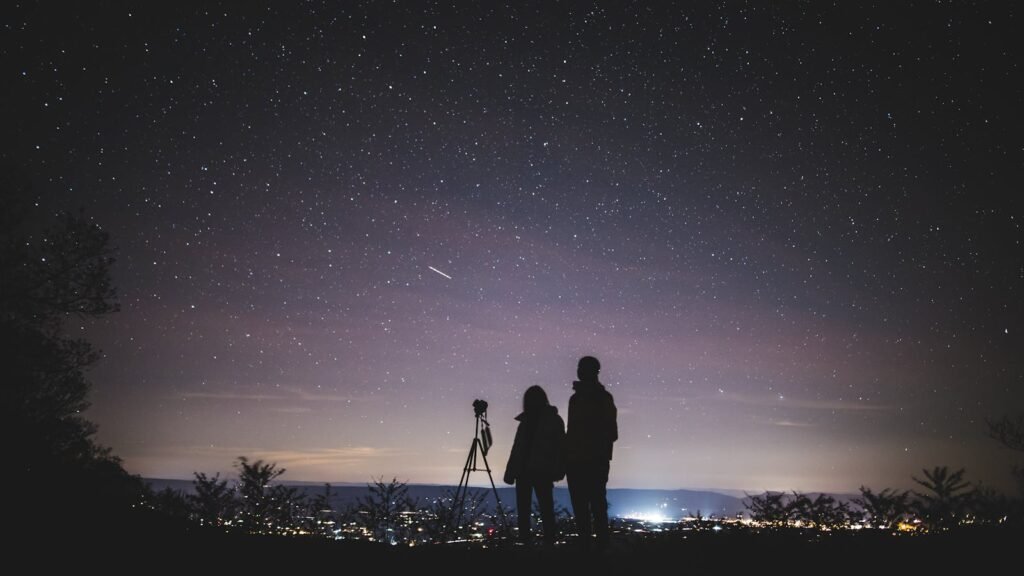
- For Mercury (June 26–27): Look west 30–45 minutes after sunset. A clear horizon and binoculars will help spot the planet before it disappears into twilight.
- For Mars (June 29): Face west after dark. The duo will be high enough to see even from light-polluted areas, but a dark sky will enhance the view.
- Photography tip: Use a tripod and a medium telephoto lens (100–300mm) to capture the Moon and Mars together. Mercury may require a wider shot to include the Gemini stars.
A Historical Perspective: Conjunctions in Human Culture
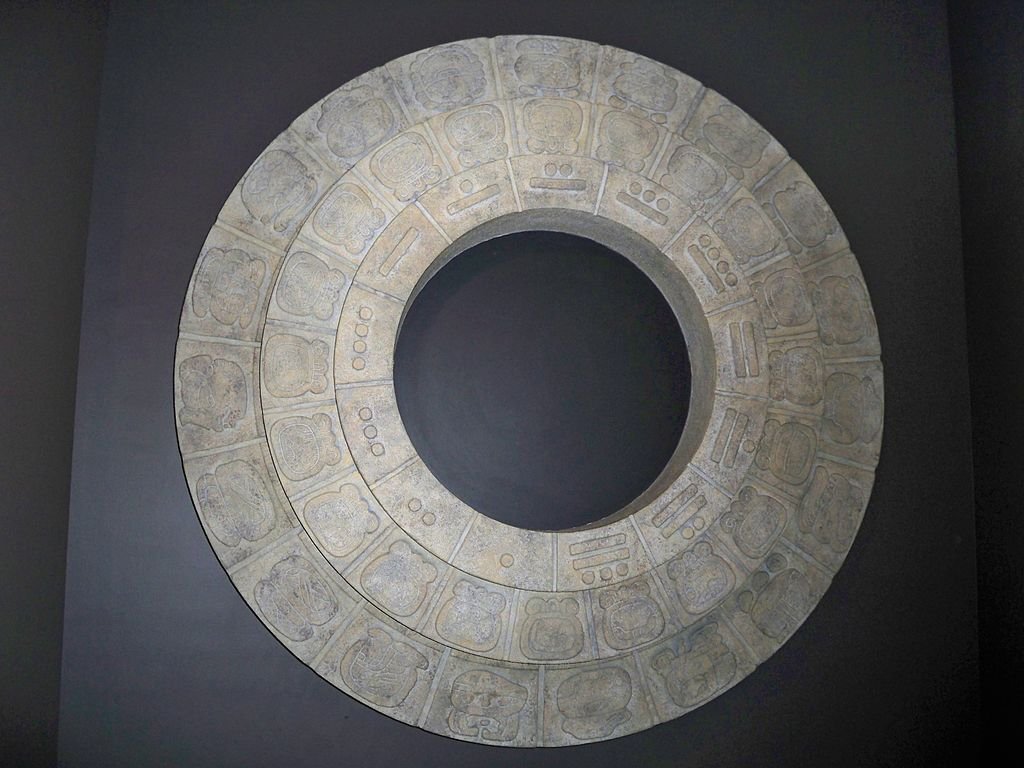
Conjunctions have long fascinated civilizations. The ancient Babylonians tracked them for omens, while Mayan astronomers used them to refine their calendars. Even today, close pairings like this month’s Mars-Moon meet-up spark wonder and sometimes confusion. (No, Mars won’t collide with the Moon, despite how close they appear!).
What’s Next? More Skywatching Delights in 2025
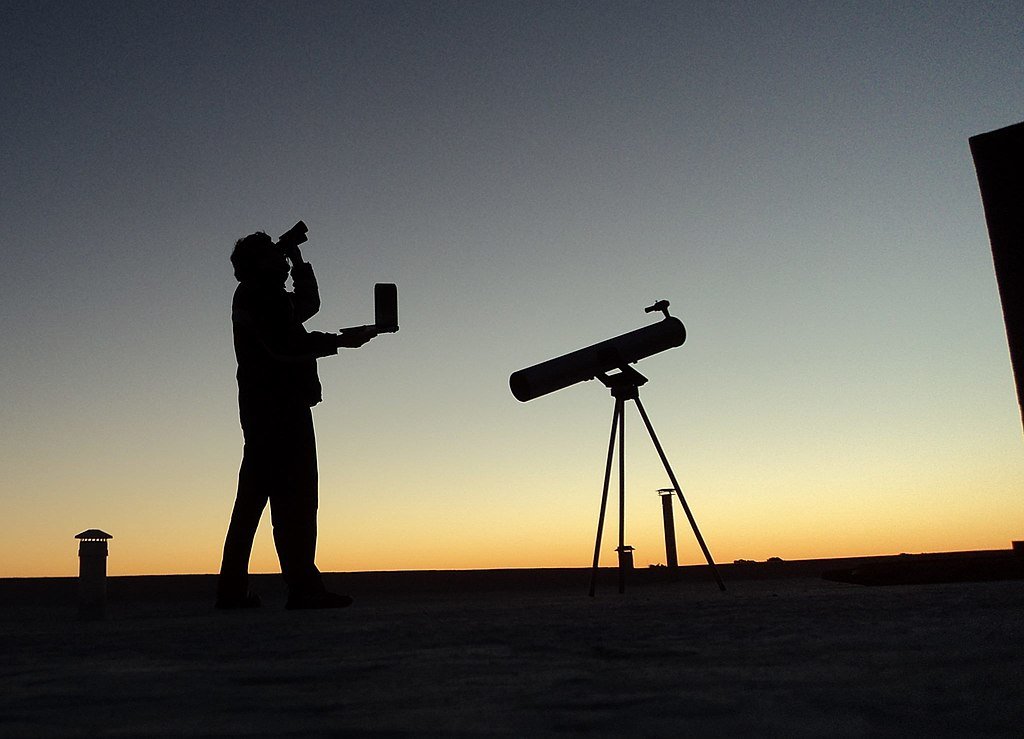
If you miss these events, don’t worry: planetary conjunctions happen regularly. Later this year, Saturn will cozy up to Jupiter in a rare “great conjunction,” and a total lunar eclipse will turn the Moon blood red on March 14, 2025 10. But for now, mark your calendar for June’s cosmic kisses, they’re a reminder that the universe loves a good show.
Sources:

Suhail Ahmed is a passionate digital professional and nature enthusiast with over 8 years of experience in content strategy, SEO, web development, and digital operations. Alongside his freelance journey, Suhail actively contributes to nature and wildlife platforms like Discover Wildlife, where he channels his curiosity for the planet into engaging, educational storytelling.
With a strong background in managing digital ecosystems — from ecommerce stores and WordPress websites to social media and automation — Suhail merges technical precision with creative insight. His content reflects a rare balance: SEO-friendly yet deeply human, data-informed yet emotionally resonant.
Driven by a love for discovery and storytelling, Suhail believes in using digital platforms to amplify causes that matter — especially those protecting Earth’s biodiversity and inspiring sustainable living. Whether he’s managing online projects or crafting wildlife content, his goal remains the same: to inform, inspire, and leave a positive digital footprint.

